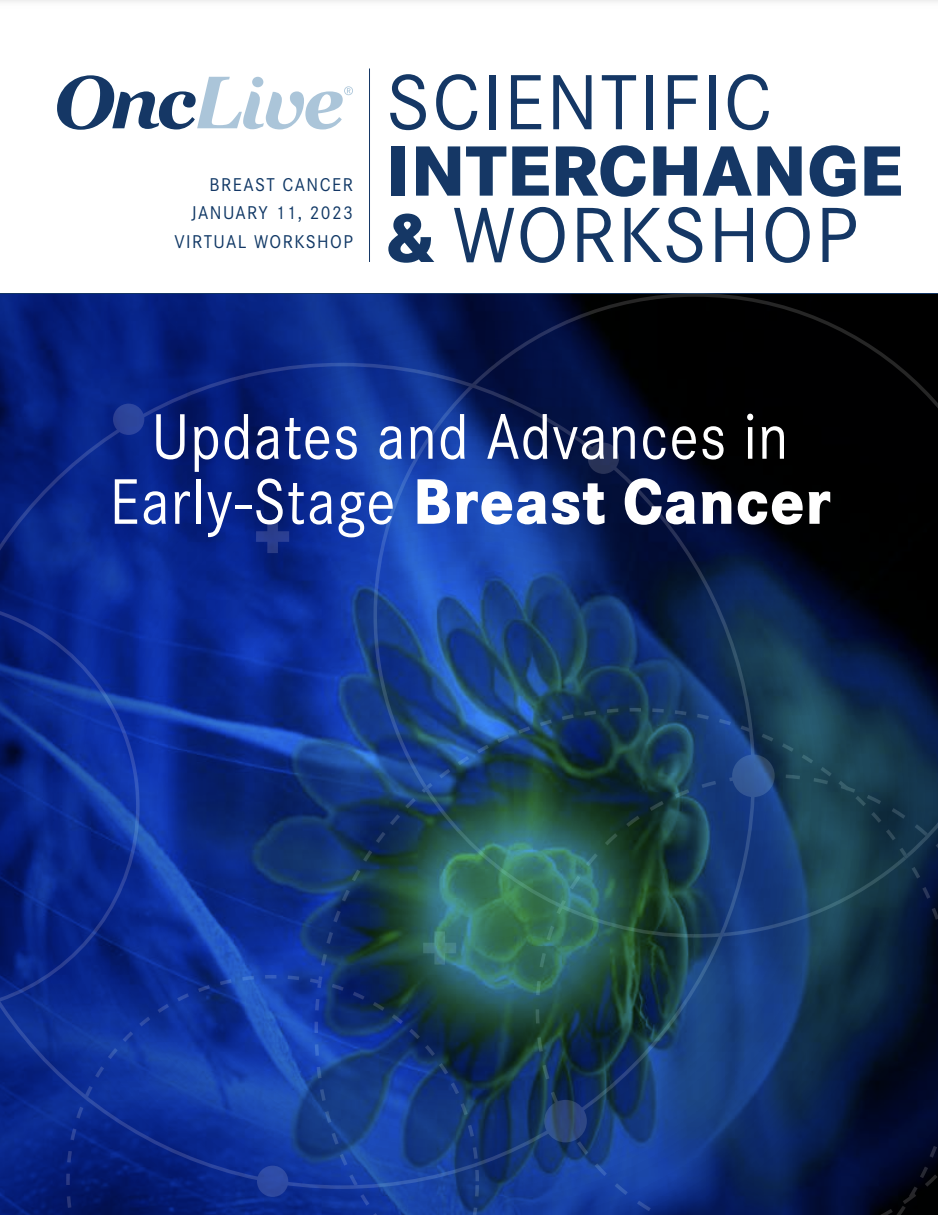Commentary
Video
Dr Jhaveri on the Evolution of Treatment With ADCs in HER2-Expressing Breast Cancer
Author(s):
Komal Jhaveri, MD, FACP, discusses the evolution of antibody-drug conjugates for patients with HER2-positive, HER2-low or HER2-ultralow metastatic breast cancer.
Komal Jhaveri, MD, FACP, section head, Endocrine Therapy Research Program, clinical director, Early Drug Development Service, Patricia and James Cayne Chair for Junior Faculty, Memorial Sloan Kettering Cancer Center, discusses the evolution of treatment with antibody-drug conjugates (ADCs) for patients with HER2-positive, HER2-low or HER2-ultralow metastatic breast cancer.
ADCs have emerged as an exciting class of agents that have undergone significant advancements over the past 2 decades, Jhaveri begins. The first ADC to be FDA approved for patients with solid tumors was ado-trastuzumab emtansine (Kadcyla; T-DM1), which was approved in 2013 based on findings from the phase 3 EMILIA trial (NCT00829166) in patients with late-stage breast cancer, she explains. Since then, newer generations of ADCs have been developed with more potent payloads and cleavable linkers, enabling a bystander effect and expanding their role beyond HER2-positive breast cancer, Jhaveri states. Today, ADCs are approved for patients with all subtypes of breast cancer, including triple-negative breast cancer and hormone receptor–positive disease. The concept of HER2-low has further broadened the application of these agents, many of which use target antigens for payload delivery rather than relying on oncogenic drivers, according to Jhaveri.
Efforts are ongoing to expand ADCs to patients with HER2-ultralow disease and even question the necessity of HER2 testing, Jhaveri continues. For example, there is interest in using drugs such as fam-trastuzumab deruxtecan-nxki (Enhertu) more broadly, excluding only those patients unlikely to benefit from this agent, she says. Additionally, TROP2-directed ADCs are being explored, Jhaveri notes. The field is now advancing toward newer generations of ADCs with novel targets and payloads, such as immune-stimulating agonists and radionuclide isotopes, Jhaveri elucidates.
Moreover, combination-based ADC regimens are being investigated to enhance efficacy without compromising toxicity management strategies, she expands. The goal of administering these regimens is to deliver potent treatments in a targeted manner, minimizing systemic toxicity, Jhaveri adds. The future of ADCs looks promising with ongoing research into new drugs, technologies, and improved combination strategies as researchers continue to refine treatment approaches to manage and limit toxicities, she concludes.









